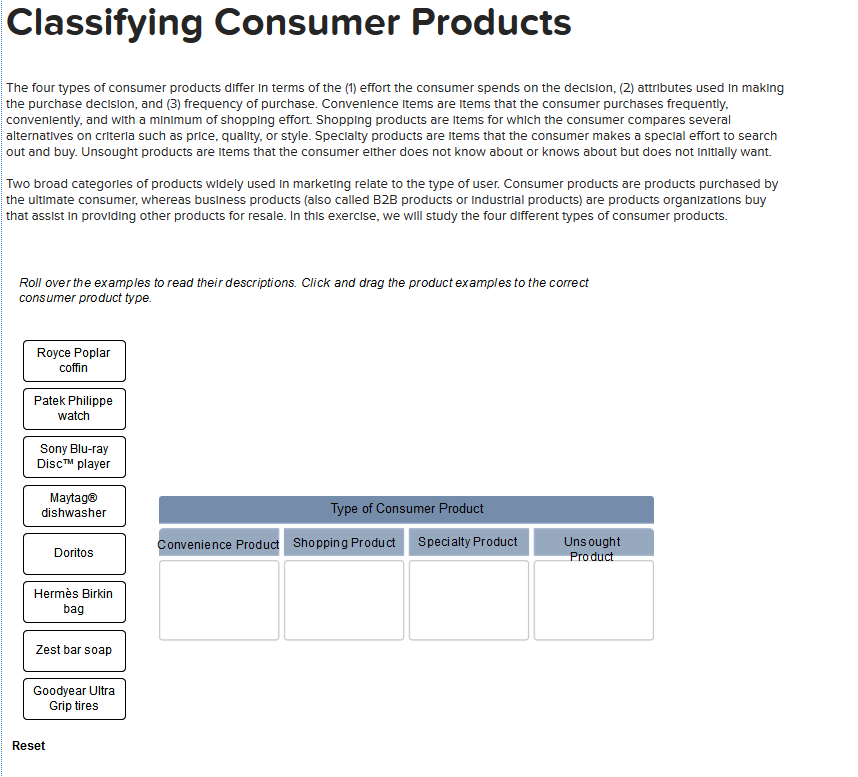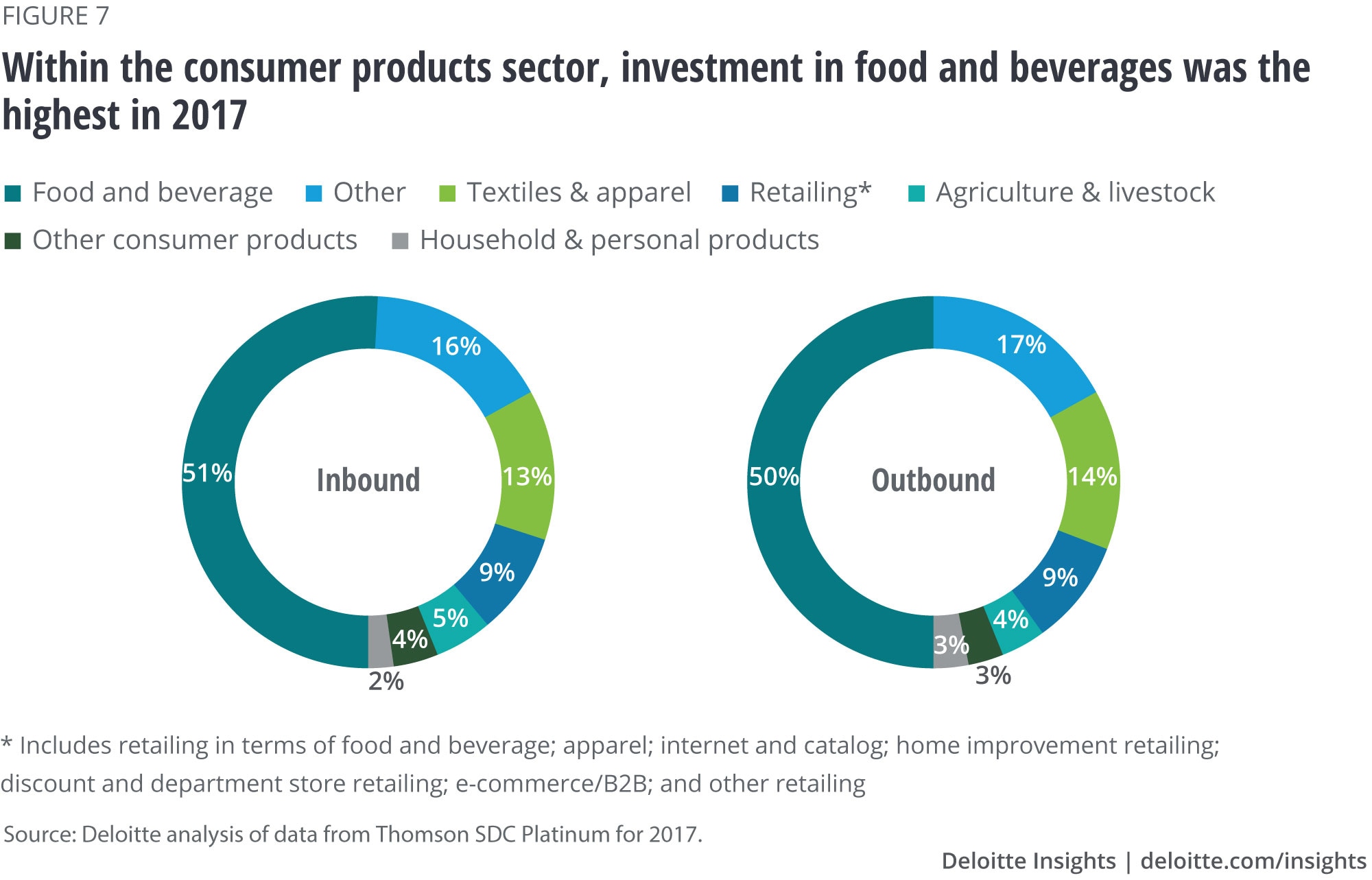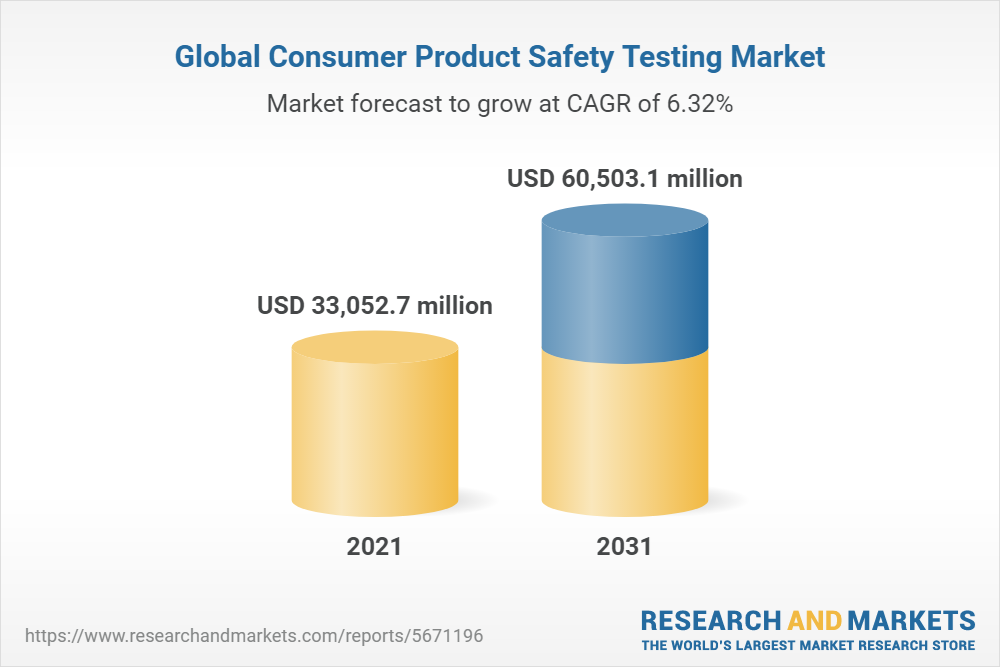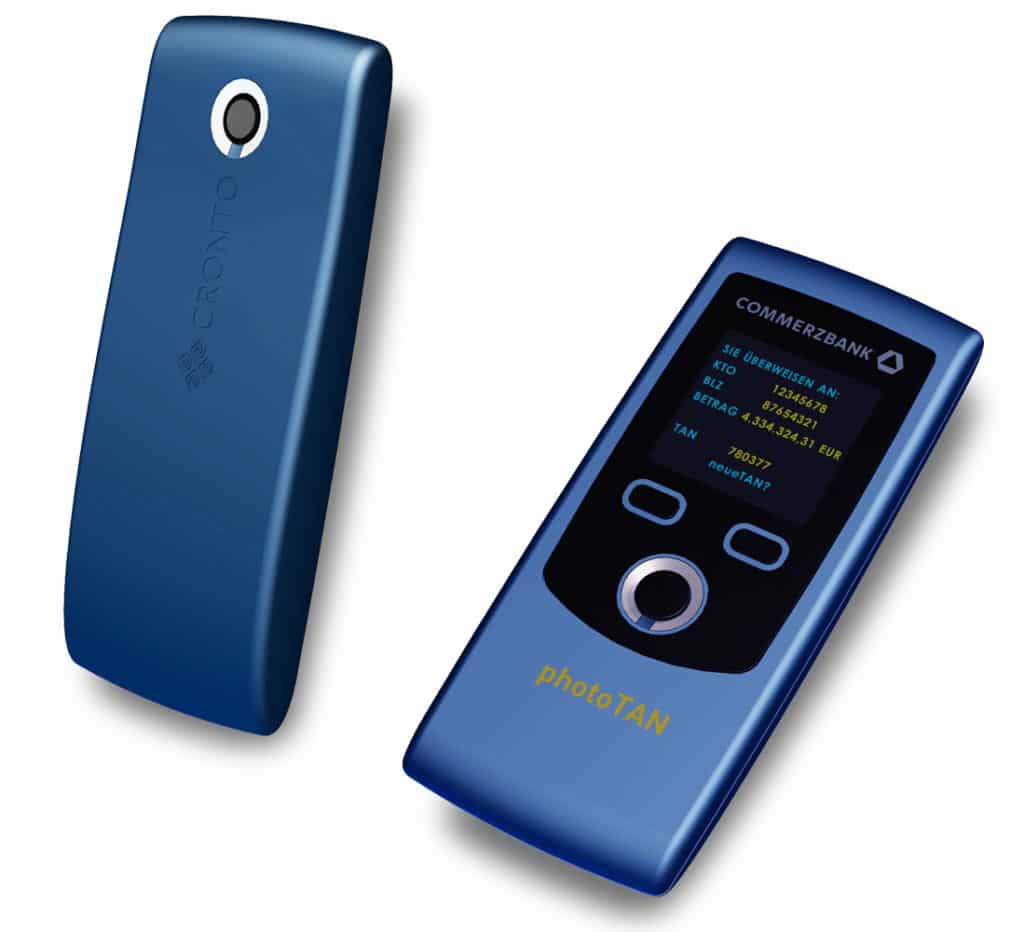Harnessing The Power Of Innovative Strategies To Increase Consumer
Top 5 Challenges in the Consumer Products Industry ESPIN Group

Improved consumer brand perception: Leaders develop and launch products that are more valued by consumers, compared to "easily replaceable" products of the average consumer products company in our study. 3. 1 Leaders are defined as the top 30 percent of companies with the highest innovation scores based on findings from Deloitte's.
Consumer Product Design on Behance

Measured by return on assets (ROA), the consumer product industry's median profitability has trended downward over the past 30 years (from 5.8 percent in 1980 versus 3.7 percent in 2013). 1 While the bottom quartile of consumer product companies has suffered the most (1.9 percent ROA to a negative ROA of -5.6 percent), top performers are also.
Solved Classifying Consumer Products The four

Consumer products are items that everyday people purchase for their personal use. These goods, also referred to as final goods or consumer goods, play a vital role in our daily lives. They range from the products we use at home to those we enjoy during recreation. If you buy something for use in or around your home, school, or for your personal.
Odd Facts and Myths from History

Chart: The consumer-goods industry's innovation activity in the United States was muted during the last recession before exploding in the years that followed. Number of US product launches from 2005 to 2019; Year. Although consumer trials of new products increased, satisfaction rates for new products range only from 20 to 60 percent across.
FastMoving Consumer Goods (FMCG) Industry Definition, Types, and
:max_bytes(150000):strip_icc()/Fast-Moving-Consumer-Goods-509b235dd5e74d5fb8dedb02271bd24c.jpg)
Consumer goods are products that are purchased for consumption by the average consumer. Alternatively called final goods, consumer goods are the end result of production and manufacturing and are.
Consumer Products M&A Trends Continued Growth Globally Deloitte Insights

Consumer Products Industry manufactures and markets everything from food, beverages, toiletries, and small appliances. The manufacturers in this industry deal with acquisition of raw materials from suppliers, processing the raw materials to end products for the consumers, and marketing the products to the end customers, distributors, retailers, and wholesalers. The consumer products industry.
All About Consumer Products Industry Key Segments, Value Chain, and

The consumer products industry is used to finding a way through periods of uncertain demand. In the last couple of decades alone, unflappable executive teams have steered consumer packaged goods companies (CPGs) through two of the most unstable periods of modern times: the 2007-08 global financial crisis and the Covid-19 pandemic.
Consumer Product Safety Testing Market By Offering, By Sourcing, By

A modern product manager acts as a catalyst and objective arbiter of competing interests and perspectives in the product-development process to facilitate both "designing the right thing" and "designing the thing right." 1. The consumer-goods industry in many ways defined the notion of a "product" that addresses a specific consumer.
US Consumer Product Safety Commission on Twitter "It's that time of

The consumer products industry is a powerful industry, as it accounts for two-thirds of the volume of trade in the world economy. Due to its close relationship to other industries,. are also several risks involved with producing internationally. Emerging economies often play by different rules than developed ones,
Consumer Product Industry Analysis Ppt Powerpoint Presentation

With digitally enabled innovation, our work has shown that consumer packaged goods (CPG) companies can bring new products to market 50 percent faster, at a third lower cost, and with double the return on investment. While the industry has embraced new technologies in many parts of the business, from manufacturing to marketing, most organizations are only beginning to apply them to their full.
List of examples for classifying consumer products

According to Deloitte's 2020 Consumer Products Industry Outlook, organizations can focus on the following industry trends to plan for uncertain times: Industry 4.0 and the digital supply network. Industry 4.0 combines IoT, additive manufacturing, robotics, AI and cognitive technologies, advanced materials, and digital reality. This can create.
6 Trends Shaping the Consumer Packaged Goods & Retail Industry

The food and beverage industry is the hotspot of M&A activity within consumer products: Most acquisitions by consumer products companies over the last eight years have been within the consumer products sector. This supports our view that the primary reason for M&A is growth either via geographic expansion or through portfolio diversification.
Chapter13 Website

Deloitte surveyed 150 consumer products executives from an industry-proportional mix of food and beverage, household goods, personal care and apparel companies in November 2022. Most of the companies are multinationals, all with more than $500 million in revenue. We conducted additional surveys with executives in Japan and China (50 in each.
consumerproductdesigncambridge DesignEdge

Consumer products, also referred to as final goods, are products that are bought by individuals or households for personal use. In other words, consumer products are goods that are bought for consumption by the average consumer. From a marketing perspective, there are four types of consumer products, each with different marketing considerations.
Consumer Goods Industry Executive Search Firm in Chicago and Boston

2021 consumer products industry outlook: No-regret moves in the face of uncertainty 2 Introduction We begin the year confronted by several seemingly contradictory realities. The overall macroeconomic environment faces continued headwinds, yet the outlook for the consumer products (CP or CPG) industry is relatively bright.
Consumer Product Chemical Testing Services at Rs 299/sample केमिकल

For the consumer products industry, the year ahead is likely to be defined by technology advancements and the continued pursuit of customercentricity. As the industry seeks to engage consumers in innovative ways, trends such as pop-up stores, connected supply chains, and direct-to-consumer brands could shape CP companies' strategies.
.